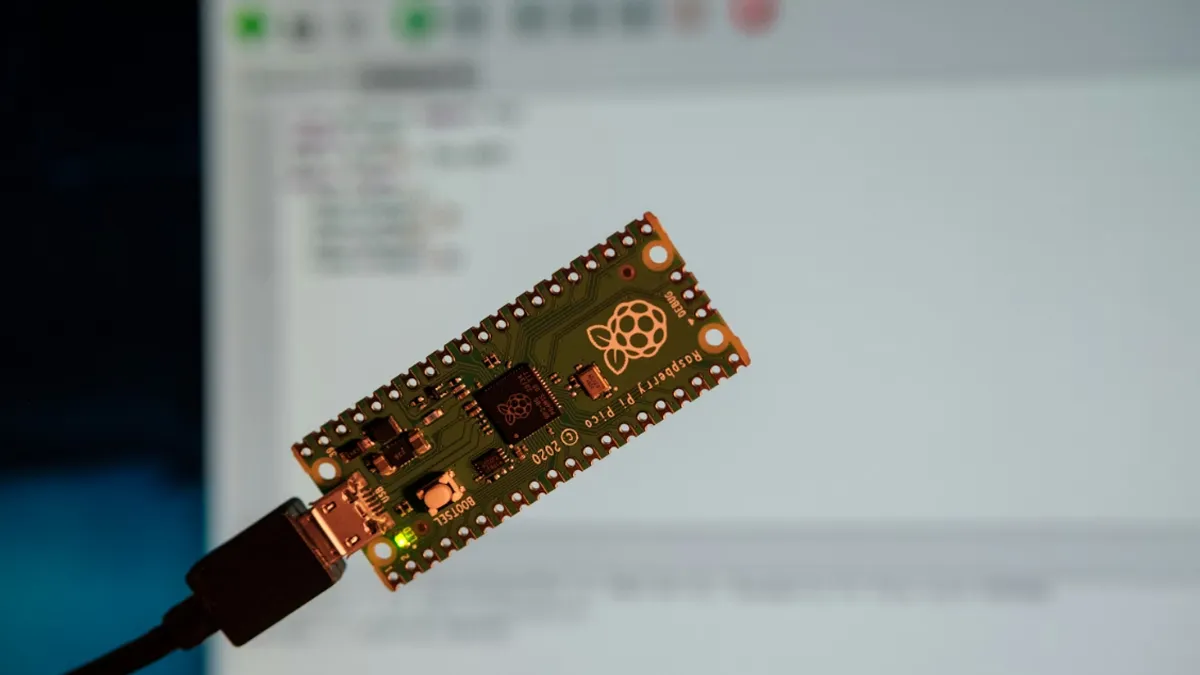
Bassinet CPC Certification, ASTM F2906-13, and 16 CFR 1222
What is a Bassinet?
A bassinet is a baby sleep device that attaches to an adULt bed, primarily providing a sleeping space for infants under five months old or those who cannot yet crawl using hands and knees. Its unique design allows babies to sleep close to their parents while maintaining their own independent sleep space, making it convenient for parents to care for their baby while ensuring infant safety.
Certification Standard Requirements
Amazon and the U.S. Consumer Product Safety Commission (CPSC) require bassinets to comply with the following regulations and standards:

Main Safety Standards (choose one):
- ASTM F2906-13 (2019):Standard Consumer Safety Specification for Bassinets
- 16 CFR Part 1222:Bassinet Safety Standard
Other Mandatory Regulations:
- Consumer Product Safety Improvement Act (cpsia):Restrictions on lead and phthalate content
- Section 14(a)(5) of the U.S. Consumer Product Safety Act:Tracking label requirements
- 16 CFR Part 1130:Durable Infant and Toddler Product Consumer Registration Requirements
The ASTM F2906 standard aims to minimize the risk of death and injury associated with bassinet use, including preventing entrapment and suffocation hazards, ensuring structural integrity and secure assembly, and providing proper usage instructions.
Materials RequiRED for CPC Certification
To apply for CPC certification, the following materials must be prepared:
- Product information (name and description)
- Manufacturer or importer information: name, address, and phone number
- Contact information of the holder of test result records
- Product manufacturing date and address (month and year for date, city for address)
- Testing date and location or the referenced test report
- Third-party testing lab information (CPSC-accredited laboratory)
Certification Process
The CPC certification process generally includes the following steps:
1. Submit samples and application form:The client provides product images and fills out the application form.
2. Contract signing and payment:A contract is issued based on the application form, signed, and payment is made.
3. Send samples:Samples are shipped to the testing laboratory (tracking number recommended for follow-up).
4. Official testing:Testing is conducted by a CPSC-accredited third-party laboratory.
5. Issue report and certificate:After passing the tests, the lab issues a test report and, based on the report, issues the Children’s Product Certificate (CPC).
The entire process typically takes 5–7 business days.
Information Sellers Must Prepare
Amazon may request the following information from sellers at any time. It is recommended to have it ready in advance:
- Company name (if applicable) and seller ID
- Contact information: email address and phone number
- A list of all bassinets sold
- Product images including safety information, registration card, compliance marks, tracking label, and hazard warnings
- Product description and manual
- Children’s Product Certificate (CPC)
- Test report issued by a CPSC-accredited laboratory
Consequences of Policy Violations
Failure to provide the required information within the specified timeframe may result in Amazon:
- Removing relevant product listings
- Suspending the ability to add new products and/or update listings
- Withholding all payments
Ensuring that bassinets are CPC-certified and comply with all relevant safety standards is not only a legal requirement for entering the U.S. market but also a responsibility for infant safety. Preparing all materials in advance and choosing a CPSC-accredited laboratory for testing will help you quickly and smoothly sell on Amazon and other e-commerce platforms.
Email:hello@jjrlab.com
Write your message here and send it to us
 Infant Support Pillow 16 CFR 1243/1242 & ASTM
Infant Support Pillow 16 CFR 1243/1242 & ASTM
 BRM Registration Card Under CFR Part 1130 Regulati
BRM Registration Card Under CFR Part 1130 Regulati
 How to get a D-U-N-S® Number for US FDA Registrati
How to get a D-U-N-S® Number for US FDA Registrati
 Household Massage Devices Compliance in the China
Household Massage Devices Compliance in the China
 Compliance for the Global In Vitro Diagnostic (IVD
Compliance for the Global In Vitro Diagnostic (IVD
 Compliance Guide for Nebulizers in European and Am
Compliance Guide for Nebulizers in European and Am
 Cybersecurity Certification Service for EU RED Dir
Cybersecurity Certification Service for EU RED Dir
 ANATEL Certification Compliance Guide for Brazil M
ANATEL Certification Compliance Guide for Brazil M
Leave us a message
24-hour online customer service at any time to respond, so that you worry!




